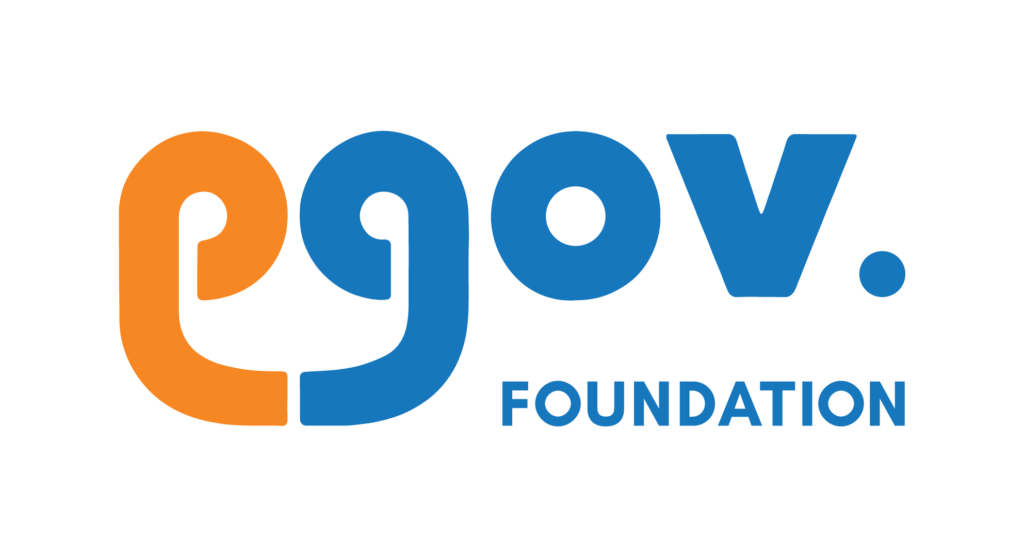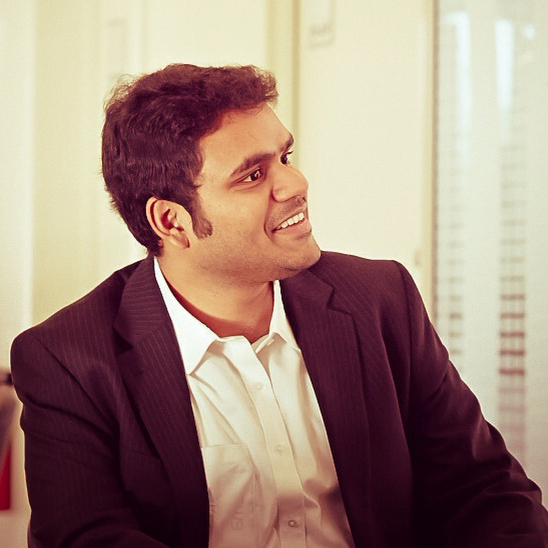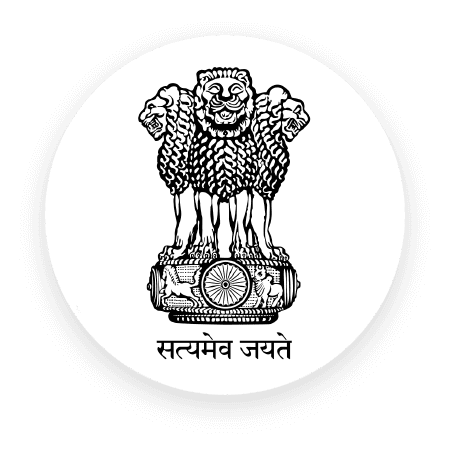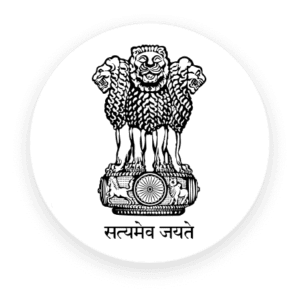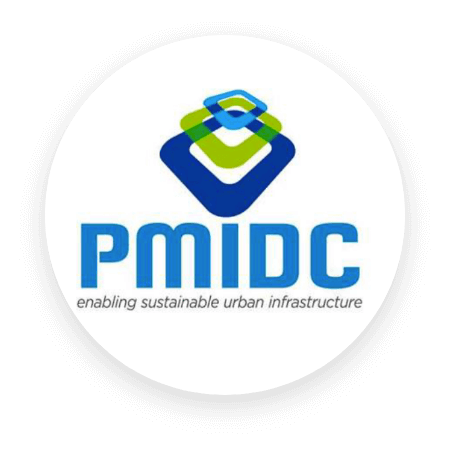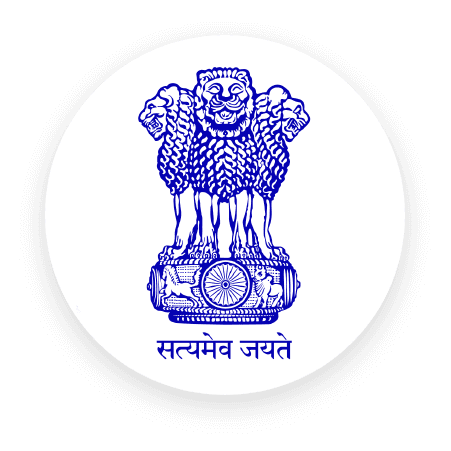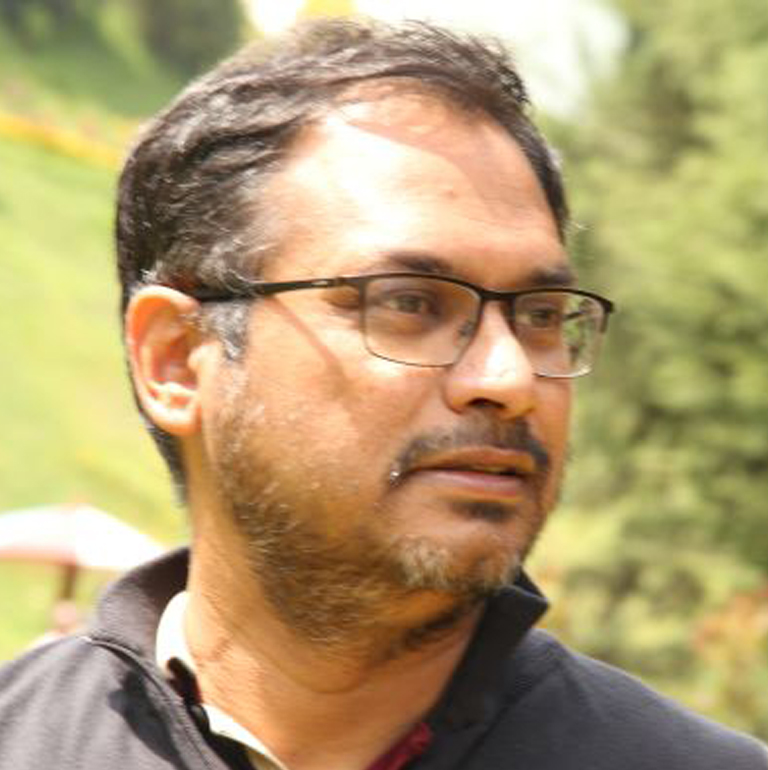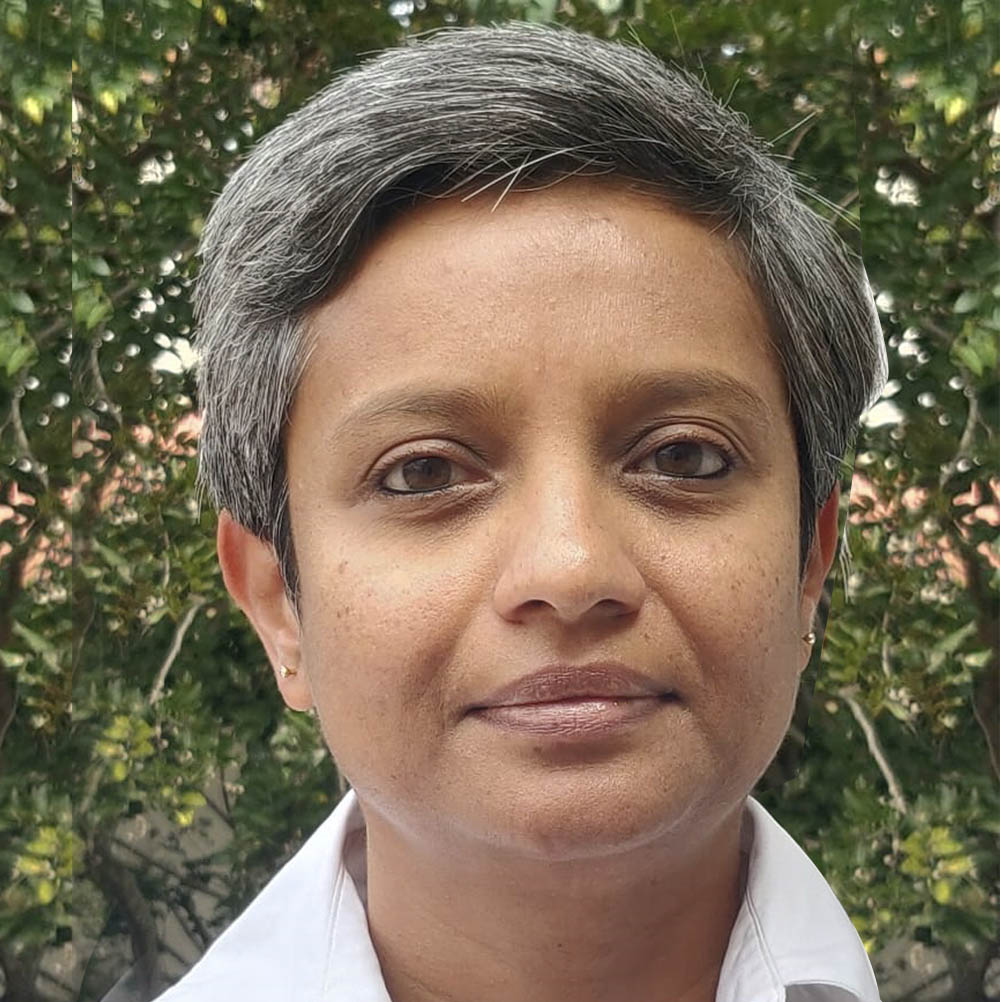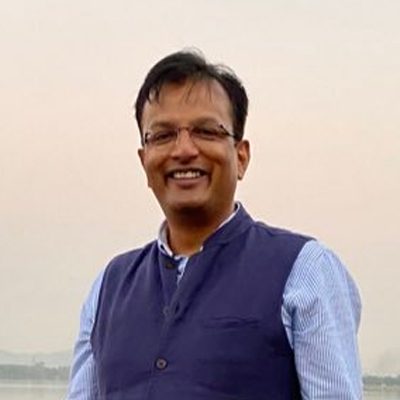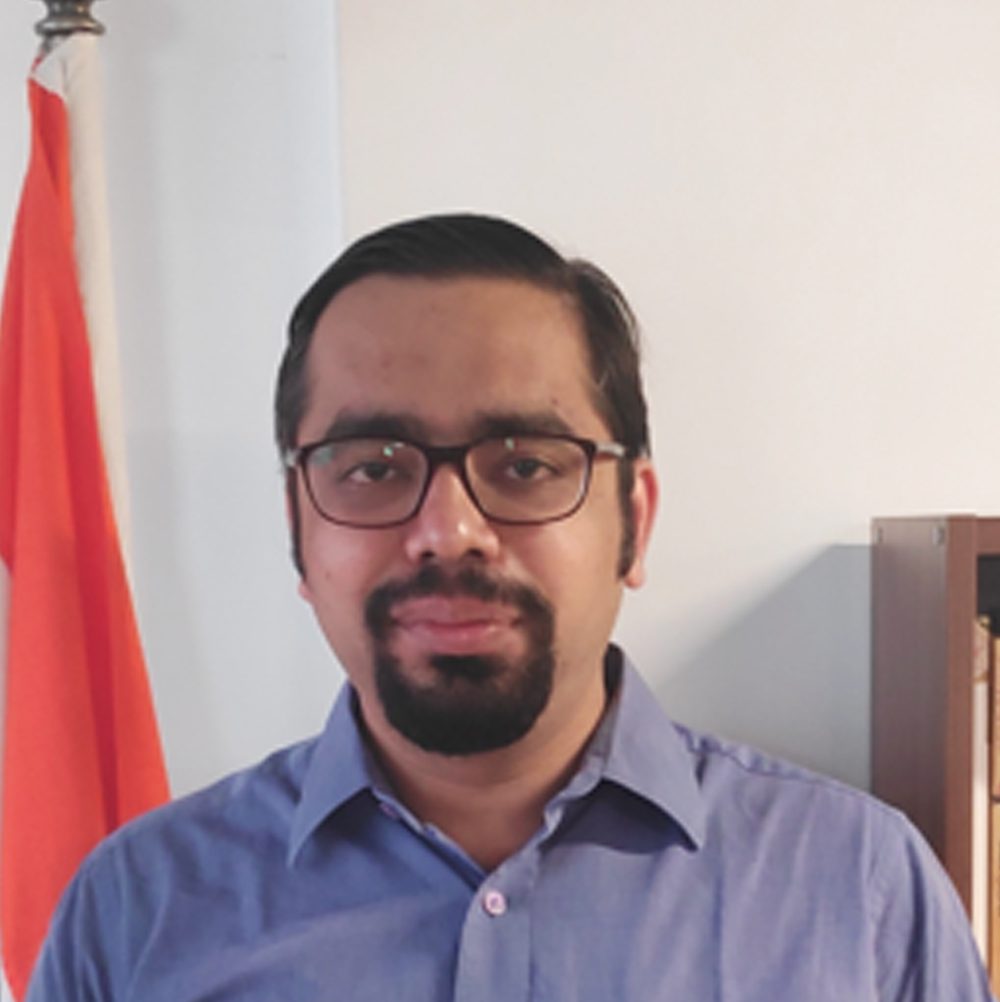Globally, it has been recognized that the COVID-19 pandemic has set back progress on the Sustainable Development Goals (SDGs). As the 2030 deadline for the SDGs nears, finding ways to accelerate human development becomes an urgent need.
In many countries, the pandemic forced a move to digital channels for managing and delivering public services. The combination of the need for acceleration and the rapid adoption of technology has given rise to increased interest in the potential for digital tools to create such acceleration.
For instance, at the seventy-seventh session of the UN General Assembly in September 2022, the United Nations Development Programme (UNDP) hosted a high-level event titled “The Future of Digital Cooperation,” where multiple heads of state and ministers described their experiences and plans for digital development. During this session, Bill Gates announced a commitment of USD 200 million in funding for digital tools such as identification (ID) systems, civil registration systems, and financial exchange systems.
Such systems, which can provide key capabilities across multiple aspects of governance, public services, and social welfare, are collectively known as “Digital Public Infrastructure” (DPI). The term grew from the UN secretary-general’s Roadmap for Digital Cooperation, published in 2020, and has seen significant engagement from multilateral organizations: the UN has appointed an Envoy on Technology; the UNDP has a Chief Digital Office; and the World Bank has “ID for Development” (ID4D) and “Digital Government-to-Person Payments”(G2Px) teams. New multi-stakeholder initiatives have also emerged to develop and leverage these ideas. The Digital Public Goods Alliance (DPGA) encourages the use of open-source software for creating DPIs—an approach it argues brings down costs associated with proprietary products and encourages interoperability. DPGA has emerged as a core convener in this space. In parallel, the International Telecommunications Union (ITU) anchors the GovStack Initiative, which aims to produce reusable and standardized software “building blocks” that can be used to quickly assemble digital solutions for governance—an approach previously articulated in the British context as “government-as-a-platform.”
CAN DIGITAL TOOLS AND SYSTEMS DELIVER DEVELOPMENT OUTCOMES?
Once one gets past the sea of acronyms, the basic premise of digital government is a fairly intuitive set of propositions: governments have to raise revenues, create and manage public goods, deliver public services, and provide social welfare. As these functions are performed more effectively and efficiently, human development outcomes improve. Each function requires multiple offices and officials, working at multiple levels (national, subnational, and local), that must follow multiple processes and coordinate with each other, as well as with private entities and individuals.
Digitization can make governments perform their functions more efficiently and effectively. Efficiency gains arise through multiple channels: automating data transfer and analysis; creating reusable data repositories; improving coordination; improving citizen-government communication, including through new channels (e.g. chatbots, Interactive Voice Response, etc.); and enabling new waves of process reforms and streamlining. In short, as a government makes progress on its digital maturity journey, digital tools can drive multiple forms of efficiency. The first wave of efficiency gains is experienced among frontline workers; digitization can reduce the amount of time spent on drudge work, particularly on recording, retrieving, and reporting data. Simple support systems, like checklists and assisted workflows, can further bring down cognitive load.
The second wave of efficiency gains benefits administrators. A frontline workforce using digital tools leads to more reliable and real-time data; such data gives users and administrators greater visibility into how their departments are performing at any given point of time. This data can also be combined with data from other sources, enabling more powerful analysis and more effective visualizations, such as geospatial and GIS-linked dashboards and decision-support systems. These tools enable better performance management, as well as rapid (or even preventive) responses to emerging needs and challenges.
The third wave of gains pertains to senior bureaucrats and policymakers. As a result of the first and second waves of efficiency gains, these officials are able to leverage shared and reusable data repositories to further reduce duplication of efforts. They can make data-informed plans and budgets, and the transmission and implementation of such reforms is further assisted by systems that improve interoperability and coordination across departments.
These gains should translate into improved outcomes for the people served by these governments. At the state level, governments will improve mechanisms for mobilizing, deploying, and targeting resources to drive development outcomes and equity. At the individual level, the experience of interacting with government will be transformed, with easier access to services and greater transparency of government functioning. In fact, once digital data repositories reach a certain level of population coverage, they enable “doorstep delivery,” wherein governments proactively reach out to provide individuals and households with services and benefits.
ACCELERATION WHERE IT IS MOST NEEDED: LOCAL GOVERNMENT CAPACITY
The potential of digital tools to drive more effective and efficient governments is of greatest relevance to low- and lower-middle-income countries (LICs/LMICs). These governments tend to function on limited budgets with low domestic revenue mobilization. High levels of inequality mean most households are also near or below poverty levels, so private resources for development-related activities are also limited.
Such countries can face capacity constraints at multiple levels. Morton Jerven begins his 2013 book, Poor Numbers, with an account of visiting the Central Statistical Office of Zambia in 2007, where he found that “the National Accounts Division had three employees, of whom only one was regularly in the office.” When he returned in 2010, “the national accounts were now prepared by one man alone”—a statistician who was simultaneously responsible for industrial statistics and public finance. Jerven quotes this man as asking: “what happens if I disappear?”
These constraints are multiplied at the local government level. For instance, Devesh Kapur shows the stark difference in local government capacity among the United States, China, and India: whereas in both the United States and China, close to 60 percent of all public employees work at the local government level, with about 20 percent each at the national and state levels, in India the pattern is reversed; less than 20 percent of public employees work at the local government level, with over 50 percent at the state level, and the remainder at the national level. In other words, local government capacity is about half that of the national level and a third of the state level.
Local government staff often live in a perfect storm of too little capacity and too many responsibilities.11 Limited budgets and difficulties in hiring mean that, much like the Zambian statistician, any given staff member may have to take on multiple roles. This can include roles and tasks for which they have no relevant training. While official training or capacity-building efforts may exist, access to these are likely gatekept; persons who lack what are deemed to be minimal qualifications for such roles are also likely to be denied access, even if they are in fact performing those roles or tasks on the ground.
When different ministries receive international aid to run targeted programs, local staff are conscripted into an ever-growing number of missions and campaigns. As money and attention recede from one mission, another replaces it; gains made from the mission-mode effort stagnate and then backslide, until a new campaign targets that indicator again. This has its own costs: if the sole local health worker is deployed in a vaccination campaign, other conditions that arise in that time go untreated.
The irony is that such drives are needed precisely because regular service delivery is unable to cover the population reliably, yet local capacity continues to be stretched thin, pulled from one mission to the next. To the extent that multilaterals and international non-governmental organizations (INGOs) can offer better salaries than local government, this also contributes to the difficulty of attracting qualified and skilled individuals to work in government.
Adding to the patchy state of service delivery is the fact that access to local government services is often politically determined. In places where patronage politics has taken hold, weak state capacity is a corollary of political control over state schemes and benefits. If the local administration were genuinely effective at providing services to all residents, political leaders could neither claim to residents—their potential voters—that they (the politicians) should be credited for ensuring the residents received those services, nor could they prevent service delivery to individuals or groups whom they wish to coerce. This means that local (and, by extension, more senior) politicians have an incentive to keep local governments ineffective— a situation Athakattu Santhosh Mathew calls “state incapacity by design.”
In practice, this means the day of a frontline worker can involve running from one task to another, frantically trying to scribble down data from each interaction, which might eventually be entered into a digital system (by the worker or a data entry operator). They may face pressure— or receive incentives—to keep some of those cases and data out of the official records. They often have to spend large amounts of time retrieving data and compiling it into various formats for reporting to various agencies, including donors and multilateral agencies. Rarely, if ever, are they paid for time spent on data entry or reporting.
CAN MORE INTEGRATED APPROACHES BE SUCCESSFULLY IMPLEMENTED?
There is, conceptually, a simple solution to these challenges: equip frontline workers with digital tools, which automate the dullest and most repetitive parts of their work, while guiding or assisting them with more complex tasks, thereby allowing them to focus on human interaction. When paired with shared and standardized data registries, this will create a flow of reliable and regularly-updated data to administrators, policymakers, 106 the fletcher forum of world affairs and donors. That data can be further translated into public dashboards, open data systems, and request tracking systems, which provide visibility into the workings of government as a whole and into the status of a given request or complaint.
Realizing this promise, however, requires successfully implementing digital tools and solutions for effective governance and service delivery. This is not easy for a number of reasons. Broadly speaking, we overestimate what digital tools can do, and we underestimate the human and political factors that contribute to their success.
An obvious barrier to adopting such systems is the lack of underlying infrastructure. Such systems work best when frontline workers can use mobile devices that are connected to the internet. The availability of 3G or higher speed internet connectivity, basic mobile connectivity, mobile devices, or reliable electricity cannot be taken for granted in many parts of the world. To be fair, products and systems can be designed while keeping these realities in mind. Nonetheless, high-connectivity systems imported to low-connectivity contexts will break down, leading to even higher levels of repetitive work and frustration.
For instance, India’s rural employment guarantee scheme has recently introduced a new rule for recording attendance of workers: they will only be considered to have completed a day’s work (and hence receive the day’s wages) if geotagged, time-stamped photographs are uploaded twice a day—morning and evening—in a specific mobile app. Site supervisors and workers struggle to fulfill this requirement because internet connectivity at work sites is low or non-existent; the app allows only live photos, not ones stored in the phone’s gallery, so one supervisor “…click[s] and upload[s] photos of the bare ground” at the spot where he has mobile connectivity. (He can do this, he says, because the local government office to which he reports understands the problem and allows this workaround.
A second barrier relates to the overarching capacity challenges noted above. The delivery of a particular service may need money, data, and physical resources, with multiple actors involved in providing these. Digital tools can automate and assist with some of these steps, but there may be little they can do in others.
While one can apply for a water connection or report a leaking pipe online, laying new pipes or repairing old ones remains a physical task. If the government agency lacks pipes or digging equipment, the best a digital tool can do is to highlight the unresolved requests in ever-brighter colors. Until someone is empowered to send over the missing resources, gaps in service delivery that require physical resources will remain unresolvable.
A third barrier has to do with designing fit-for-purpose digital systems. Understanding how existing systems function, and designing a digitally-enabled alternative, requires an understanding of multiple areas: the service, the local context, what exactly the digital components are expected to do, and how they are to achieve these objectives. Most likely, this will require multiple persons with the relevant knowledge to work together. Insufficient attention to such rigorous and collaborative design, often a result of impatience and a habit of top-down imposition, sets up reforms for failure and/or worse-than-expected results.
Adukia, Asher, and Novosad illustrate this type of failure with respect to the most basic of infrastructure: roads.14 They show that when the placement of rural roads was determined by a top-down formula, road construction did not lead to economic development in villages, or indeed shift any development outcome, except one—enrollment of children in middle school. Furthermore, this only occurred in a subset of villages, where education might enable migration to places with better job prospects. Connectivity is arguably a necessary but not sufficient condition for development; this is as true for digital connectivity as physical.
BUILD IT, AND THEY WON’T COME: THE CRITICAL ROLE OF CHANGE MANAGEMENT
Digital tools are not introduced into a vacuum: people are already doing various things in order to access and deliver services. Luke Jordan describes this reality in a series of questions:
Are people already trying to do what the technology is supposed to help them do?
If yes, how are they doing it now, and are you sure you know why that does not work? And why will technology make any difference to the reason their existing attempts are frustrated?
If not, why would having technology make a difference? Why would someone who did not want to do X now want to do X just because some tech exists to do it?
At a minimum, the introduction of a new system comes with switching costs. Some of these are literal, physical costs, such as the costs associated with supplying people with smartphones and/or internet connection. Workers have to be trained to use the new tools; while training is normally accounted for in program costs, time spent in a training session is time not spent delivering services; if the sole nurse in a rural health center is away on training, any treatment or referrals will have to wait until they return.
Along with training sessions, help desks for ongoing support are advisable, and these too have to be factored into the budget. Even when all this is done, there are psychological costs associated with learning and adopting new tools and systems, as people are already used to doing their work in a certain way.
In addition, the very feature that makes digital tools attractive to managers and administrators—the real-time visibility they provide to each worker—may be perceived as a threat by some. The new mode of working may be perceived as onerous, especially during the transition period, when the old and new systems may have to be simultaneously maintained.
Workers also have legitimate concerns about privacy and surveillance.Unless it is clear to people how a new technology will help them, there will be resistance or even backlash. Even if the benefits are clear, those who are making a parallel or corrupt income will continue to look for ways to resist the new system, or come up with ways to work around it. As Michael Hobbes puts it, whenever a new standard is introduced, “some…will become sophisticated to meet it, and others will become sophisticated to avoid it.”
Successful change management is both art and science. It involves a genuine and empathetic understanding of people’s lives and challenges as well as designing and introducing tools and systems in ways that make their lives easier, and communicating those benefits clearly, backed by data from the system itself. At the same time, one must be savvy in picking one’s battles, understanding which patterns and behaviors are more amenable to change and which are more entrenched in local political economy. Before taking on reforms that could alter local political arrangements, one must build a strong track record, trust among stakeholders, and a favorable constituency.
THE CHALLENGES OF ENSURING GOOD DATA
